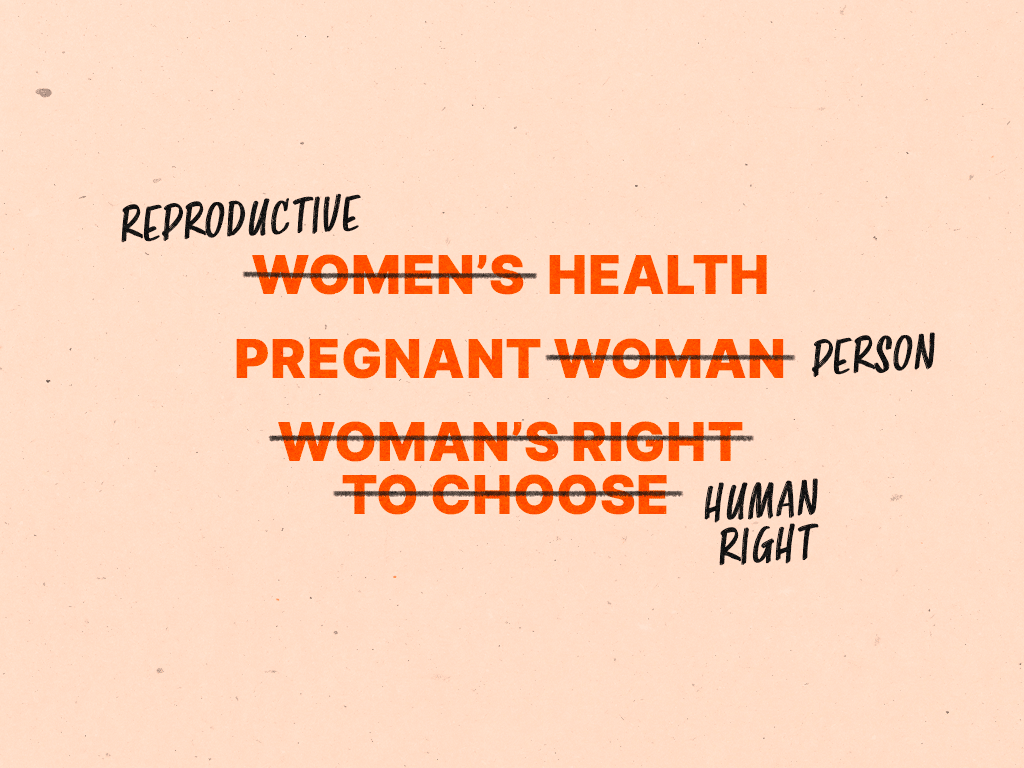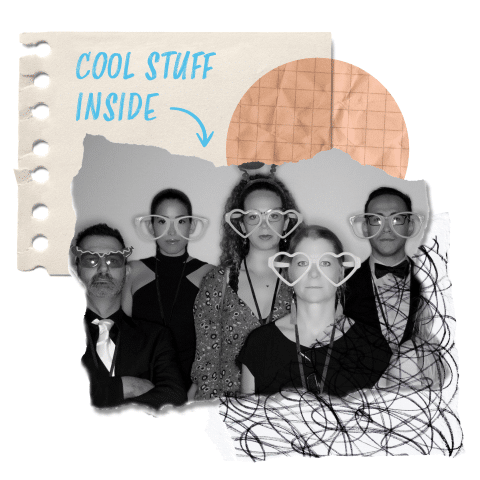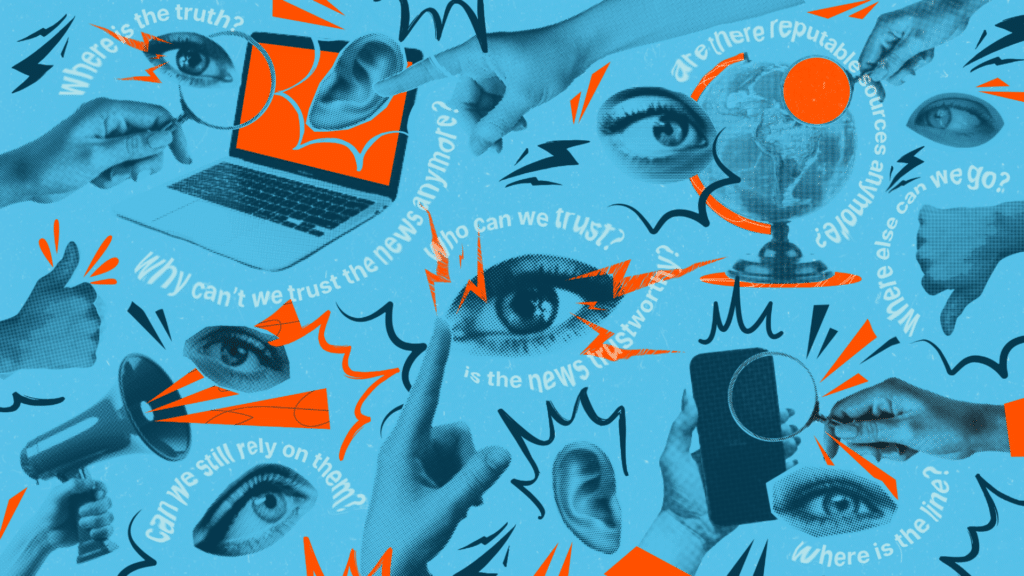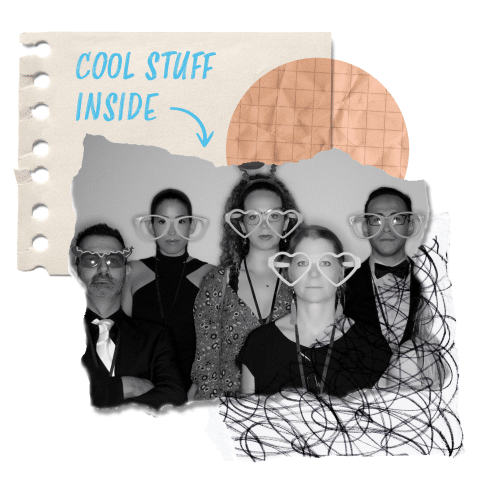The Supreme Court’s decision to overturn Roe v. Wade in June of 2022 threw abortion access in the United States into chaos, and has opened the door for new restrictions thanks to hundreds of new state-level policies and court battles with nationwide implications.
While reproductive rights have been under threat in America for many years, inequitable access to abortion has been the reality for many communities of color and low-income communities, even after Roe was first enacted in 1973.
The pandemic has exacerbated existing systemic barriers to healthcare. Yet, abortion rights narratives, in particular, fail to include them, flattening the experiences of marginalized communities.
—
Reproductive justice is a concept coined by SisterSong Women of Color Reproductive Justice Collective in 1994 described as “the human right to maintain personal bodily autonomy, have children, not have children, and parent the children we have in safe and sustainable communities.”
Specifically, reproductive justice focuses on the institutional and systemic barriers to care – and demands economic, social and political power for women and gender-expansive people to dismantle those barriers.
With that reproductive justice framework in mind, here’s what we believe is currently missing from mainstream Reproductive Rights messaging – and how we can all take steps to change that:
It excludes nonbinary people and trans men who receive reproductive care including abortions.
According to Boston University Today, “The erasure of trans men and nonbinary people from those who may need abortion services perpetuates inequalities in reproductive health care that trans and nonbinary people already face, and causes harm to some of those same vulnerable people.”
Gender inclusivity in reproductive justice means acknowledging the generations of trans and gender-expansive people who may not identify as women and who are more vulnerable to stigmas around abortion and reproductive health. It also means recognizing how gendered our language around reproductive health is, and how that can create barriers for certain marginalized groups, despite being positioned as a hallmark issue of women’s rights movements.
Social justice communicators can begin to change how we talk about abortion and reproductive rights by using gender-inclusive language when referring to abortion and other reproductive care.
Start by speaking about reproductive health and justice in a gender-inclusive way: For example, avoid using terms like “women’s health/healthcare,” “pregnant woman/women” and framing abortion as a “woman’s right to choose.”
Advocates suggest instead using terms like “reproductive health/healthcare,” “pregnant person/people,” and framing abortion as a human right.
Doing so also recognizes the complexity of reproductive justice and who is represented. Women are more than their reproductive anatomy – consider the many cisgender women who have experienced medical issues or trauma that impact their reproductive health.
It doesn’t acknowledge that supporting abortion rights goes far beyond Roe v. Wade.
Many reproductive justice leaders encourage us to reframe our understanding of the reality of reproductive access – specifically that the fight for abortion rights isn’t just about Roe v. Wade. We need to take steps beyond that to make sure abortion and reproductive healthcare are actually accessible for all people.
For example, housing insecurity often defines the choices entire social groups make about their reproductive health in the first place. Many people struggle to remain housed while pregnant and well after giving birth.
A study on home evictions and their effects on health found that evictions – even just the threat of eviction – can cause high stress levels that are more likely to lead to physical and mental problems across families.
This context justifies why many have to consider abortion (or otherwise avoid or delay parenthood) because they don’t have access to affordable and safe housing. Yes – that is often a personal and autonomous decision, and – it’s also reflective of the implications of broader economic inequity that spill over into the decisions we make in our individual lives.
Additionally, many clinics that provided abortion care throughout the country have closed in recent years – many for reasons similar to other businesses that closed during the pandemic, others due to Targeted Regulation of Abortion Providers (TRAP) Laws.
This forces those seeking care to have to travel across state lines, out of their region and even out of the country. Florida’s recently passed abortion ban bill, for example, emphasizes how abortion access is becoming increasingly restricted in the South. Many folks in the South – as well as those living in countries with legalized abortion restrictions in the Caribbean and Latin America – have to travel extreme distances to access care in addition to paying for the care itself.
We can reframe this limited perspective on abortion and reproductive rights by finding opportunities to advocate for other intersecting issues.
Advocates for economic justice – including issues like pay equity, paid parental and sick leave, Medicare for All, reducing the costs of childcare and higher education, criminal injustice, and support for immigrants and refugees – should see overlap in how those issues intersect with and lead to barriers to accessing abortion care.
Abortion care ranges from $75 to $1,500 or more, with the average cost being around $500. Depending on factors like where someone lives, whether their insurance covers abortion, how far along they are in their pregnancy and whether they are seeking an in-clinic procedure or medication abortion – the cost of care can be even higher. Additionally, the Hyde Amendment prohibits the use of federal funding – like Medicaid – to pay for abortion, and many private insurers do not cover it.
As abortion rights continue to be attacked, supporters can offset those financial barriers by donating to and amplifying abortion funds – which are autonomous groups of volunteers and supporters who pool funds and resources to cover costs of transportation, lodging, childcare and abortion care itself. The National Network of Abortion Funds is a great place to find abortion funds in your area.
Most importantly, amplify facts, as well as language and images that reflect the real, complex reproductive experiences of diverse people and communities.
One of the biggest reasons that abortion is such a hot-button topic is that our society and culture do not prioritize educating us about it accurately, to begin with, and shames those who have accessed abortion care from telling their stories.
Even those who support abortion still speak about it abstractly, without:
- Pointing to reliable facts to assert what abortion is in objective terms and that it is a common and safe procedure
- Listening to and uplifting human stories to highlight the many different reasons someone might have one and the nuanced implications it can have on someone’s life journey (and not solely focusing on extreme circumstances to justify abortion)
- Being clear about the legality of abortion for audiences in specific states and regions where it has been threatened
Communicators can take steps to combat this by creating resources with information relevant to their audiences and communities, or by amplifying existing resources.
You can also use your platform to destigmatize abortion by uplifting real stories about abortion. For inspiration, look to grassroots organizations like We Testify and Advocates for Youth who are working to document and uplift real abortion stories to demystify who accesses abortion care and why, and abortionisstilllegalingeorgia.com which was created by a coalition of community organizations in 2019 after SB481 was passed and subsequently blocked in courts.
And if you do nothing else: Stop being afraid to say the word “abortion.”
Abortion and reproductive justice is a complex, nuanced and layered issue that has different impacts on different people – individually and socially. While you and your organization may not take a public stance on abortion for that reason. These are steps you can take to reframe how you think about and speak about abortion personally, and to think about abortion through a wider reproductive justice lens.
Additional Resources for Reproductive and Abortions Rights Messaging:






